C. Fan and co-workers tune the crystallinity of hematite nanorods for high-efficiency photoelectrochemical water splitting
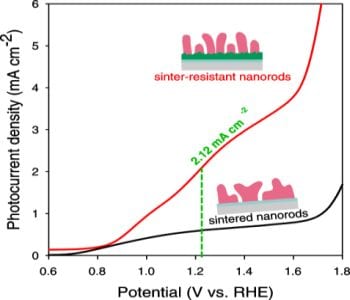

C. Fan and co-workers tune the crystallinity of hematite nanorods for high-efficiency photoelectrochemical water splitting

A team of researchers from Hefei, China use bee pollens in the synthesis of carbon dots with applications in bioimaging and catalysis.
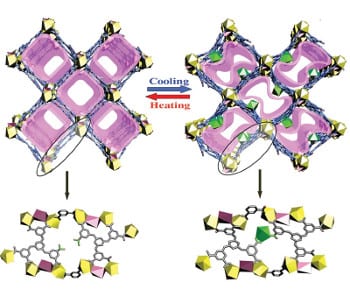
A thermoresponsive MOF structure is demonstrated to capture/release europium ions for the detection of explosives at room temperature and below.
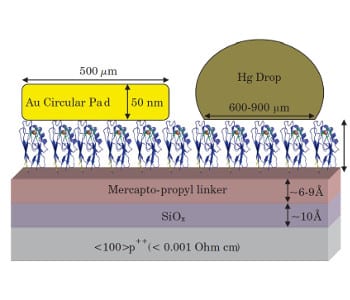
Researchers from the Weizmann Institute of Science present an insightful view of the copper binding site in Azurin and its role in solid-state electron transport.
New work explores efforts using carbonaceous materials to develop highly efficient DSSCs.
In the newest issue of Advanced Science, researchers from Nanjing expose the advantages of using conjugated polymer nanoparticles for DNA sensing.
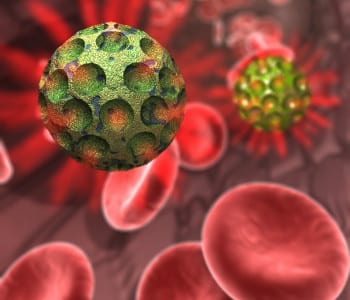
A near-infraread-excitable persistent luminescence phosphor is synthesized using mesoporous silica nanoparticles as a template.
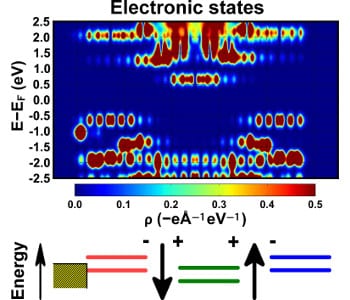
A modular concept is developed to tune the electronic structure in organic self-assembled monolayers and their interfaces.
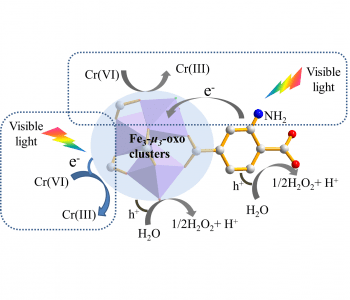
Researchers have developed an effective, iron based, amine-functionalized photocatalyst for reduction of hexavalent chromium using visible light.
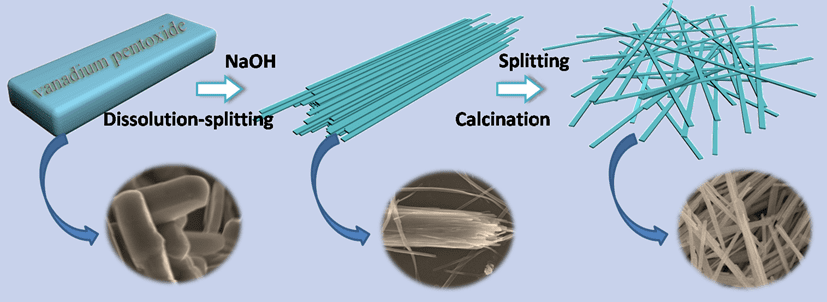
Pure single crystalline nanostructures investigated by Chinese research team.